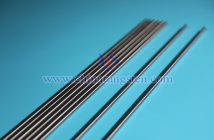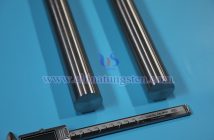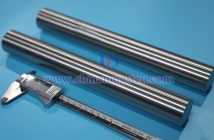Ammonium metatungstate (AMT) is an important tungsten compound, appearing as a white crystalline powder, primarily used in the production of tungsten powder, tungsten wire, hard alloys, and in fields such as petrochemicals, catalysts, and ceramics. Besides being soluble in water and certain organic solvents, AMT can also dissolve in dilute acid solutions.
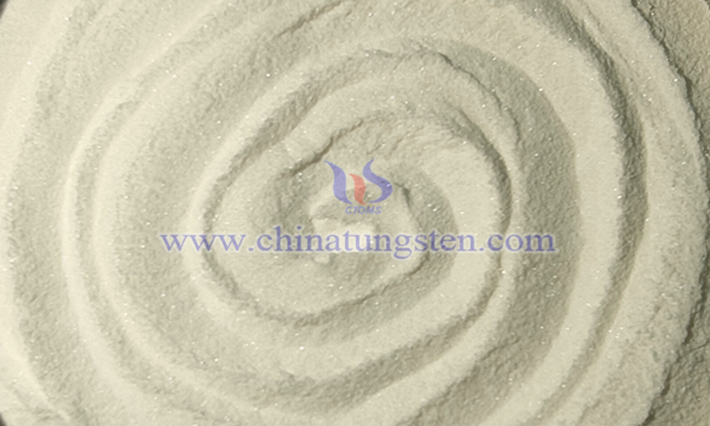
Dilute acid solutions typically refer to acidic aqueous solutions with a pH range of 2-5. Common acids include dilute hydrochloric acid (HCl), dilute nitric acid (HNO?), dilute sulfuric acid (H?SO?), and acetic acid (CH?COOH), with concentrations generally ranging from 0.001 to 0.1 mol/L. These solutions are weakly acidic, sufficient to maintain acidity without causing strong chemical reactions or precipitation.
The solubility of AMT varies in different types of dilute acid solutions. In dilute solutions of strong acids like hydrochloric acid or nitric acid, AMT's solubility increases because the hydrogen ions provided by these acids react with metatungstate ions, shifting the dissolution equilibrium toward greater solubility. For weaker acids like acetic acid, which also provide hydrogen ions to promote dissolution, the effect on AMT solubility is less pronounced due to their weaker acidity compared to strong acids.
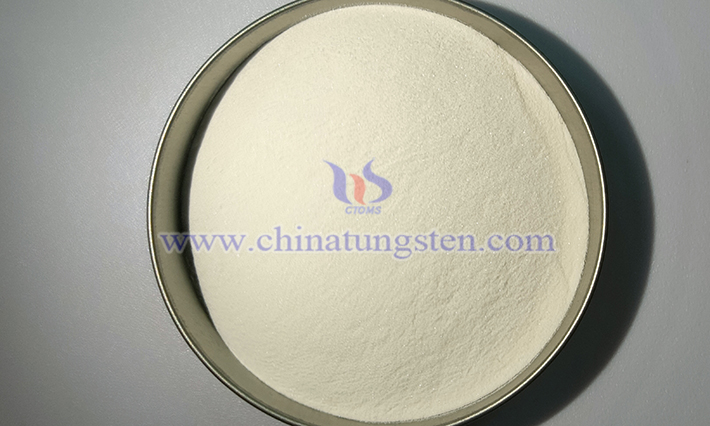
As the concentration of the dilute acid solution increases, AMT's solubility generally rises. This is because a higher acid concentration means more hydrogen ions are available to react with metatungstate ions, facilitating greater dissolution of AMT. However, at a certain acid concentration threshold, complex phenomena may occur. For instance, in highly concentrated strong acid solutions, insoluble tungstate precipitates may form, preventing AMT solubility from increasing indefinitely with acid concentration.
Online data indicates that at 25°C in dilute acid solutions with a pH of 3-5, AMT's solubility is typically around 250-300 g/100 mL of solution, slightly lower than its solubility in pure water (approximately 300-330 g/100 mL). Within the pH range of 3-5, AMT solutions remain relatively stable, with polytungstate ions maintaining a Keggin-type structure and not easily aggregating into insoluble tungstic acid. If the pH drops below 2, AMT's solubility may significantly decrease, as polytungstate ions could transform into insoluble tungstic acid precipitates.

